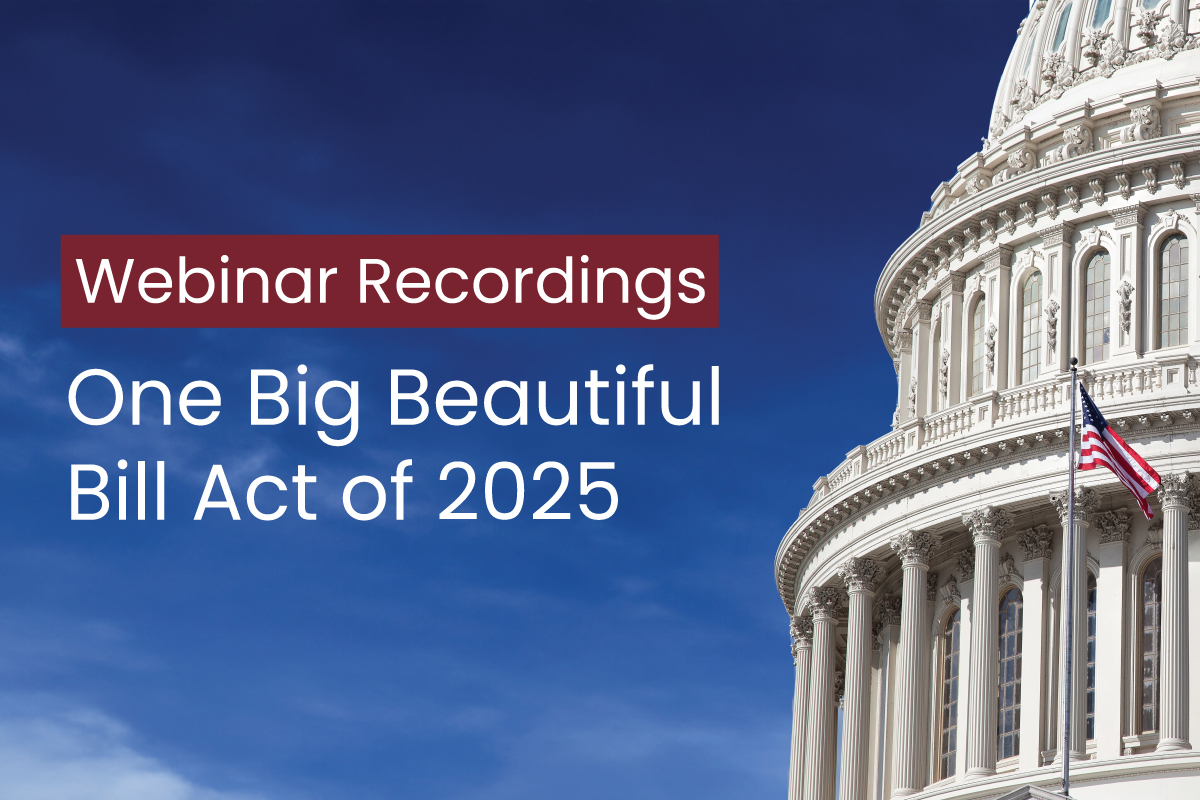As of September 30, 2025, the IRS officially discontinued most paper checks—both for making tax payments and for receiving tax refunds. That means paper checks are no longer a payment or refund option for most taxpayers. If you haven’t already switched to electronic methods, now’s the time to get set up.
Here’s an overview of the top three electronic payment options, along with guidance on which may be the best fit for your needs.
EFTPS (Electronic Federal Tax Payment System)
Best for: Trusts, estates, businesses, and individuals who want full control over scheduling payments.
Why it worked well for many:
- Available to anyone with a Social Security Number (SSN) or Employer Identification Number (EIN)
- Supported all federal tax payment types, including estimated payments
- Allowed scheduling payments up to 365 days in advance
- Payment history could be tracked easily, with the ability to cancel or change payments if needed
Things to keep in mind:
- Requires enrollment and a PIN, mailed within 5–7 business days
- Outdated interface compared to modern platforms
- Accepted only bank transfers—no debit or credit cards
- Payments had to be scheduled by 7 p.m. CST the business day before it is due
Use EFTPS at: www.eftps.gov
IRS Direct Pay
Best for: Individuals and most businesses (not available for trusts and estates)
Why users like it:
- No need to create an account
- Allows same-day bank payments if submitted by 6 p.m. CST
- Instant confirmation with optional email receipt
Things to consider:
- Not available for trusts or estates
- Requires full identity verification each time
- Limited to two payments per session
- Needs a confirmation number to retrieve payment details
- Changes or cancellations have to be made at least two business days in advance
- Payments applied to the wrong tax year are generally not reallocated
Pay here: www.irs.gov/directpay
IRS Online Account
Best for: Individuals, sole proprietors, partnerships, and corporations
Why it’s useful:
- View balances, payment history, and IRS notices
- Make payments directly through the portal
- Set up or manage payment plans
- Schedule estimated tax payments
- Business owners could authorize access for tax professionals or others
Before getting started:
- Not available for estates or trusts
- Required an ID.me account with identity verification
- Some features varied based on business type
Create or access your account here: www.irs.gov/account
Quick Reference: Payment Method by Taxpayer Type
| Taxpayer Type | Recommended Payment Options |
| Trusts & Estates | EFTPS only |
| Individuals | EFTPS, Direct Pay, or IRS Online Account |
| Businesses | EFTPS, IRS Online Account, or Direct Pay* |
*Direct Pay is not available for estates or trusts.
What About Refunds?
Along with the change in payment methods, the IRS also stopped mailing paper checks for tax refunds. Refunds are now issued electronically—typically via direct deposit into your checking or savings account. If your banking information isn’t up to date, you may experience delays. Make sure to update your IRS account or file with your current direct deposit details.
Need Help Making the Switch?
Wessel helps clients navigate these IRS changes and continues to offer support. Whether you need help setting up EFTPS, figuring out which payment option suits your needs, or updating your refund delivery information, our team is here to make the process easier.





